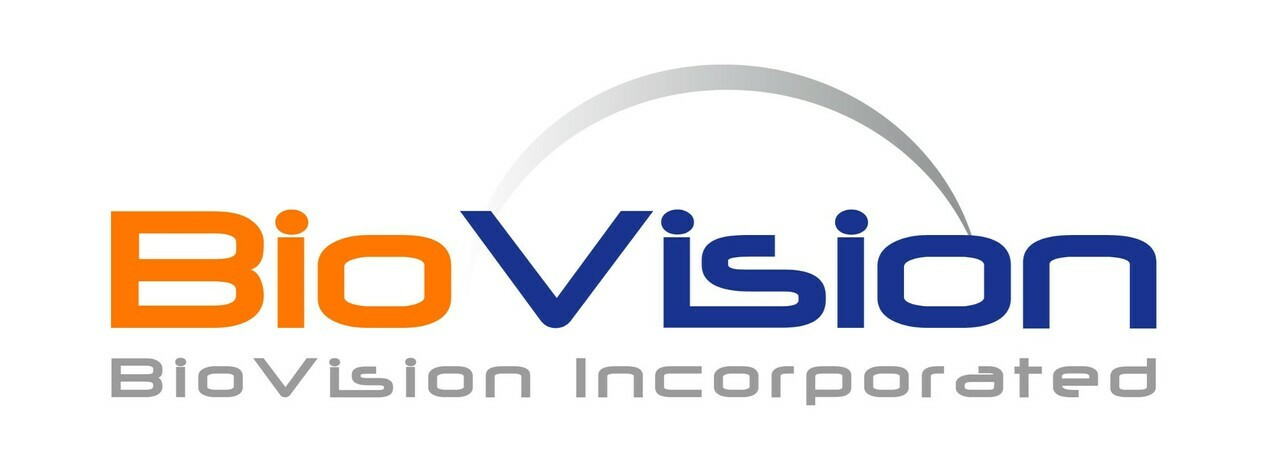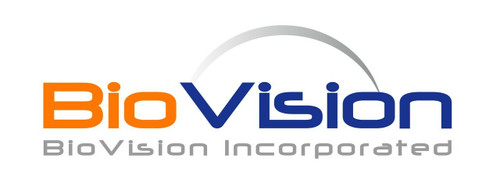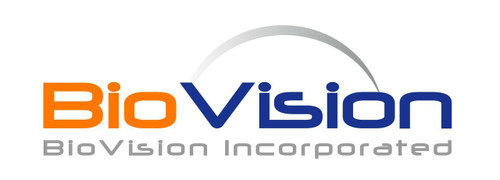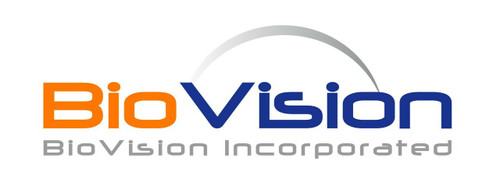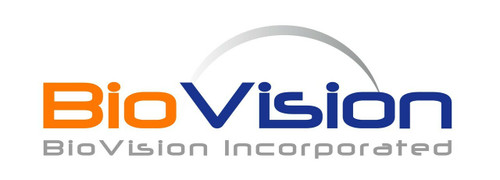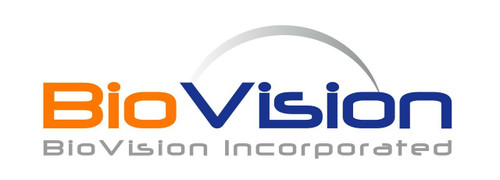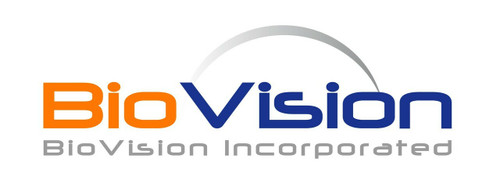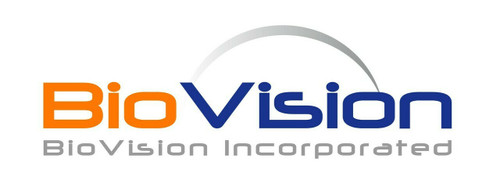Product Description
TNF RI (also known as the p60 or p55 TNFR) and TNF RII (the p75 or p80 TNFR) are two distinct type I transmembrane glycoproteins that bind TNF with high affinity. Both RI and RII are prototypic members of the TNF receptor superfamily and have been designated TNFRSF1A and TNFRSF1B, respectively. Human TNF RII cDNA encodes a 461 amino acid (aa) residue precursor protein with a 22 aa putative signal peptide, a 235 aa extracellular domain, a 20 aa transmembrane domain and a 174 aa cytoplasmic domain. TNFRII is expressed in fetal brain. The protein is produced naturally as a soluble form (sTNFRII). The soluble receptor inhibits TNF action by competing with cell surface receptors in binding TNF, thereby blocking its biologic effects. TNFRII is strongly expressed at the cartilagepannus junction, and plays a major role in a subset of families with multiple cases of rheumatoid arthritis (RA). Further, high plasma levels of sTNFRII were significantly associated with increased incidence of coronary heart disease, independent of established cardiovascular risk factors, and seems to be useful for monitoring the inflammatory activity of sarcoidosis.
Biovision | 7394 | Human CellExp TNFRII human recombinant DataSheet
Biomolecule/Target: TNFRII
Synonyms: TNFRSF1B, CD120b, TNFRII
Alternates names: TNFRSF1B, CD120b, TNFRII
Taglines: Plays a role in stimulating apoptosis.
NCBI Gene ID #: 16196
NCBI Gene Symbol: IL7
Gene Source: Human
Accession #: P10168
Recombinant: Yes
Source: HEK293 cells
Purity by SDS-PAGEs: 98%
Assay: SDS-PAGE
Purity: N/A
Assay #2: N/A
Endotoxin Level: <1 EU/g by LAL method
Activity (Specifications/test method): N/A
Biological activity: Measured by its ability to inhibit the TNF mediated cytotoxicity in the L-929 mouse fibroblast cells in the presence of the metabolic inhibitor actinomycin D. The ED50 for this effect is typically 0.05-0.5 g/mL in the presence of 0.25 ng/mL rhTNF.
Results: Measured by its ability to inhibit the TNF mediated cytotoxicity in the L-929 mouse fibroblast cells in the presence of the metabolic inhibitor actinomycin D. The ED50 for this effect is typically 0.05-0.5 g/mL in the presence of 0.25 ng/mL rhTNF.
Binding Capacity: N/A
Unit Definition: N/A
Molecular Weight: This protein is fused with a C-terminal 6×his tag, has a calculated MW of 26 kDa. The predicted N-terminus is Leu23. Protein migrates as 23-26 kDa in reduced SDS-PAGE due to glycosylation.
Concentration: N/A
Appearance: Lyophilized
Physical form description: Lyophilized from 0.22 m filtered solution in PBS, pH7.4. Generally 5-8% Mannitol or trehalose is added as a protectant before lyophilization.
Reconstitution Instructions: Centrifuge the vial prior to opening. Reconstitute in sterile PBS, pH 7.4 to a concentration of 50 µg/ml. Do not vortex. This solution can be stored at 2-8°C for up to 1 month. For extended storage, it is recommended to store at -20°C.
Amino acid sequence: N/A
 Euro
Euro
 USD
USD
 British Pound
British Pound
 NULL
NULL

